Advertisement
Windows has been a household name for decades, quietly shaping how people work, learn, and connect. But what's coming next might feel like a leap into something far smarter than anything we've seen before. Windows 12 isn't just a step forward in visuals or performance—it’s bringing artificial intelligence to the surface of everyday computing.
This update is expected to be more than cosmetic or under the hood; it's built to work with you, not just for you. And for anyone wondering what that means in day-to-day use, this version may finally show how AI fits directly into the future of tech.
The line between software and assistant is starting to blur. Microsoft's goal with Windows 12 seems to be moving the OS closer to being a full-on collaborator, not just a platform. This shift comes with the help of onboard AI features designed to learn, predict, and adapt based on how the user interacts with the device. Early leaks and reports suggest deep integrating Microsoft Copilot into the OS layer rather than keeping it as a browser-based or standalone app.
Imagine your desktop rearranging itself based on the time of day or your recent behavior—pulling up your morning documents, keeping distractions low during work hours, and launching your most-used tools before you even ask. This isn't a futuristic pitch. With Windows 12, AI could guide user behavior, summarize notifications, edit documents on request, and optimize apps in real-time.
What sets it apart is that it learns locally. Instead of constantly pinging the cloud, much of this intelligence is built to run on-device. With hardware partners like Intel and AMD building AI-accelerating chips (like Intel’s Meteor Lake), Windows 12 will take advantage of local neural processing units (NPUs). This means speed, privacy, and lower dependency on internet connections—all things that matter when software is baked into your daily routines.
If you're picturing wild interface changes, that's not quite the story. Windows 12 isn't trying to confuse or overwhelm long-time users. Instead, the changes are under the surface—focused on quiet assistance rather than a flashy overhaul. The Start Menu, for example, may become dynamic. Rather than a static grid, it could update in real-time to suggest files, actions, or tools based on your usage.

Once seen as optional, widgets may evolve into full-blown assistant panels—where AI summarizes news, organizes schedules, and recommends focus sessions. Search is expected to shift from a results-based function to a full semantic engine. That means searching "presentation notes" could fetch context-aware content from different folders, emails, or apps rather than offering a basic list of matches.
Another likely change is the settings and personalization menus. AI will help configure system preferences automatically. From display brightness and sleep settings to managing background apps and privacy controls, Windows 12 may begin making the decisions that most users ignore or set once and forget. AI will quietly take care of those micro-decisions but let you override them whenever needed.
For developers, Windows 12 is expected to bring a strong AI toolkit with integrated development features that allow quicker testing, real-time error suggestions, and even code generation. Built-in tools suggest improvements or write boilerplate code based on the developer's habits. But this isn't just a dream for coders.
Designers will likely see built-in tools that use AI to recommend layouts, auto-correct spacing, or even generate visual elements based on voice instructions. Applications like Paint or Photos could get more than filters—they could gain intelligent upscaling, object removal, and smart tagging baked into the OS.
For the everyday user, the biggest shift may be in productivity. Microsoft Word, Excel, and PowerPoint will likely operate more deeply with the OS. You could ask Windows 12 to summarize an Excel report or write a short email based on your calendar event. It’s not a gimmick if it works seamlessly, and that’s the intention—having AI not as an extra feature but a native part of how the operating system behaves.
Microsoft is also building accessibility directly into the AI core. As AI learns user preferences and speech patterns, voice control, screen narration, and gesture recognition are expected to improve. This isn't just about advanced technology—it’s about making machines work for everyone, regardless of age, ability, or tech knowledge.
The rise of AI in operating systems raises obvious questions about control and data privacy. Microsoft seems aware of this and is pitching a model where much of the intelligence is done on-device. Local NPUs mean your commands, behaviors, and documents don't always need to be processed by remote servers.
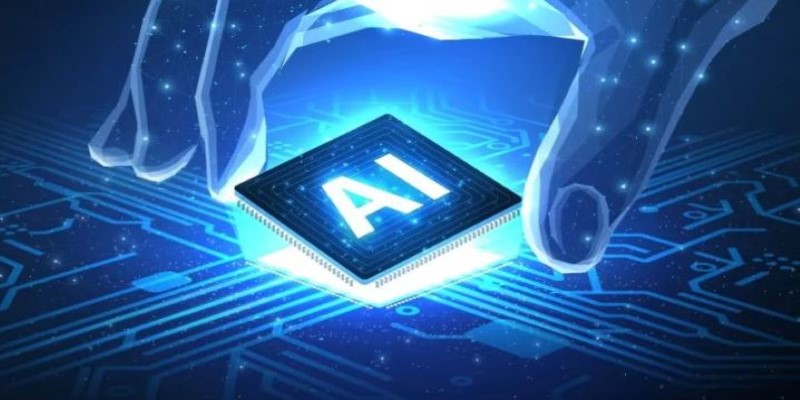
This marks a clear shift from cloud-reliant tools and is a direct answer to concerns about tracking and data collection. You can still turn off AI suggestions or reset its learning. AI may predict what you'll need next, but it won't lock you into patterns or hide settings behind automation. Transparency in how the system works is expected to be a focus.
This setup could give Windows 12 a performance boost. With more processing handled on-device, apps may launch faster, multitasking becomes smoother, and battery life may benefit laptops with AI chips. The AI integration isn’t meant to add bloat but to use resources more intelligently.
Windows 12 will also likely allow users to define how much help they want. Some may love predictive automation, while others may prefer full manual control. The key lies in building a system that doesn't force one mode but adjusts to individual comfort.
Windows 12 marks a quiet but serious step toward smarter, more responsive computing. With AI built into its core, it shifts from just an operating system to a helpful presence in daily tasks. Local processing, user control, and context-aware tools make it practical rather than flashy. For anyone curious about the real future of tech, this update shows how AI can fit into everyday use without feeling overbearing or distant.
Advertisement

How the Hugging Face embedding container simplifies text embedding tasks on Amazon SageMaker. Boost efficiency with fast, scalable, and easy-to-deploy NLP models

How Remote VAEs for decoding with inference endpoints are shaping scalable AI architecture. Learn how this setup improves modularity, consistency, and deployment in modern applications

How AI in mobiles is transforming smartphone features, from performance and personalization to privacy and future innovations, all in one detailed guide
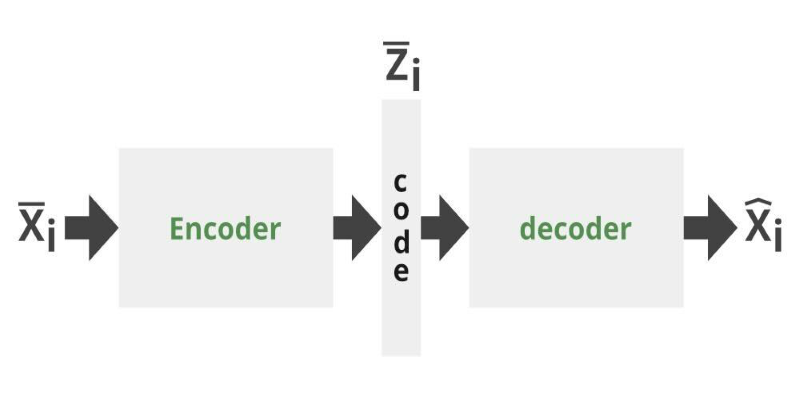
Can you get the best of both GANs and autoencoders? Adversarial Autoencoders combine structure and realism to compress, generate, and learn more effectively
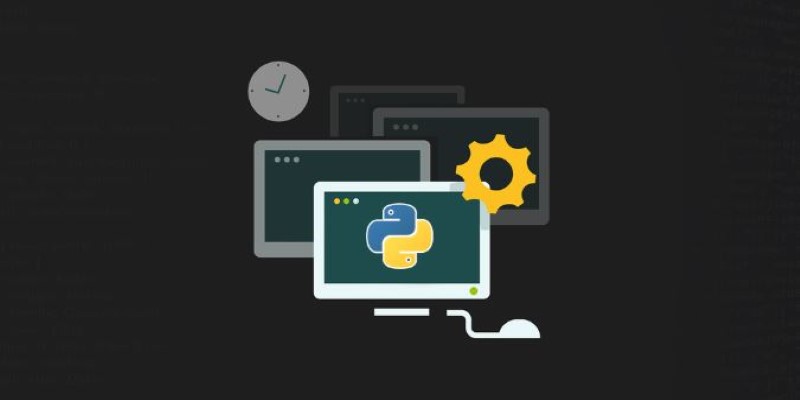
How to use os.mkdir() in Python to create folders reliably. Understand its limitations, error handling, and how it differs from other directory creation methods
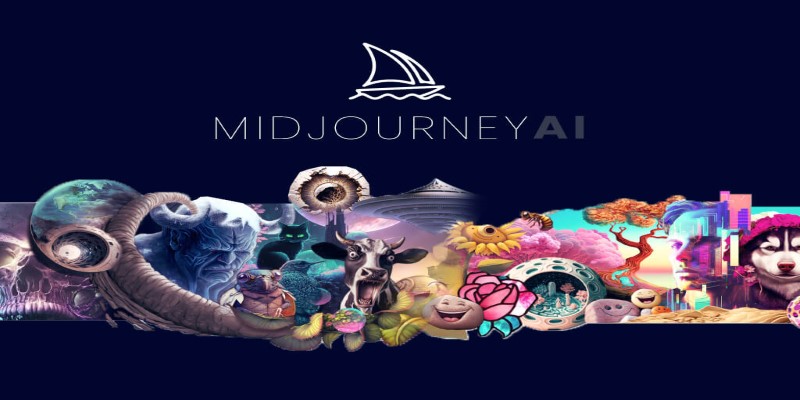
A step-by-step guide on how to use Midjourney AI for generating high-quality images through prompts on Discord. Covers setup, subscription, commands, and tips for better results
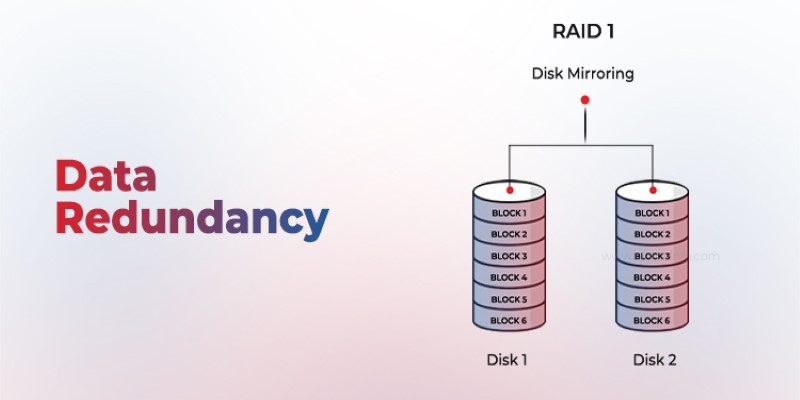
Is your system storing the same data more than once? Data redundancy can protect or complicate depending on how it's handled—learn when it helps and when it hurts

GenAI is proving valuable across industries, but real-world use cases still expose persistent technical and ethical challenges
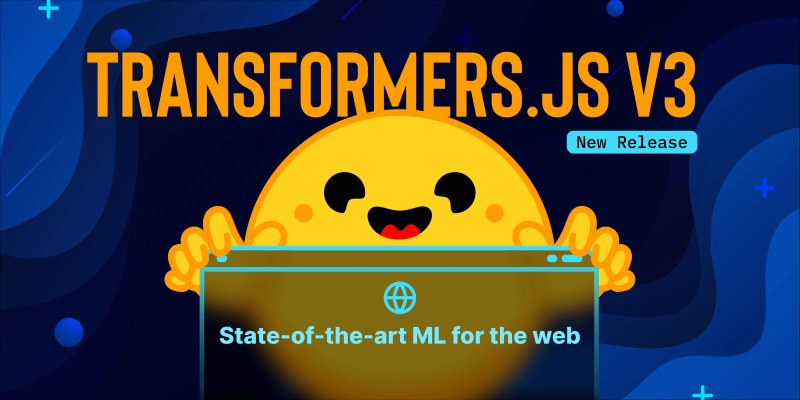
What happens when transformer models run faster right in your browser? Transformers.js v3 now supports WebGPU, vision models, and simpler APIs for real ML use
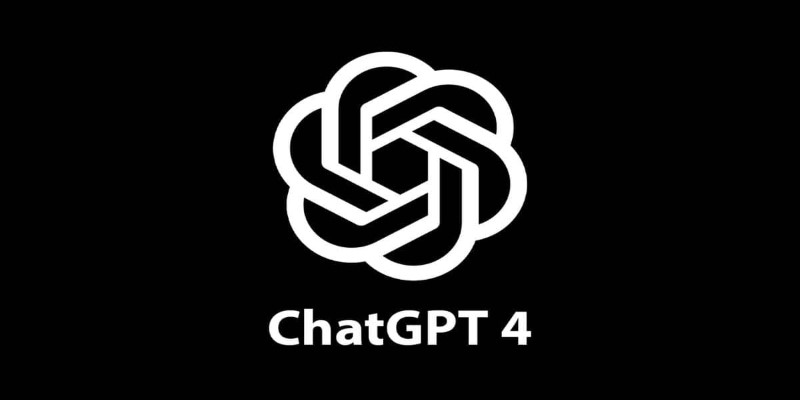
Want to use ChatGPT without a subscription? These eight easy options—like OpenAI’s free tier, Bing Chat, and Poe—let you access powerful AI tools without paying anything
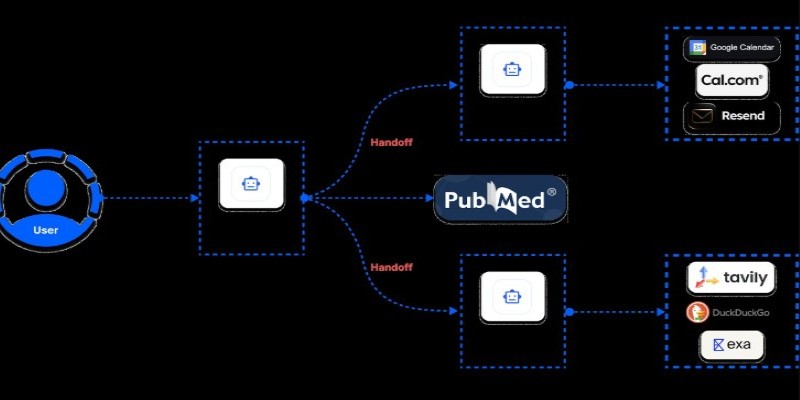
Learn how to build an MCP server using only five lines of Python code. This guide walks you through a minimal setup using Python socket programming, ideal for lightweight communication tasks
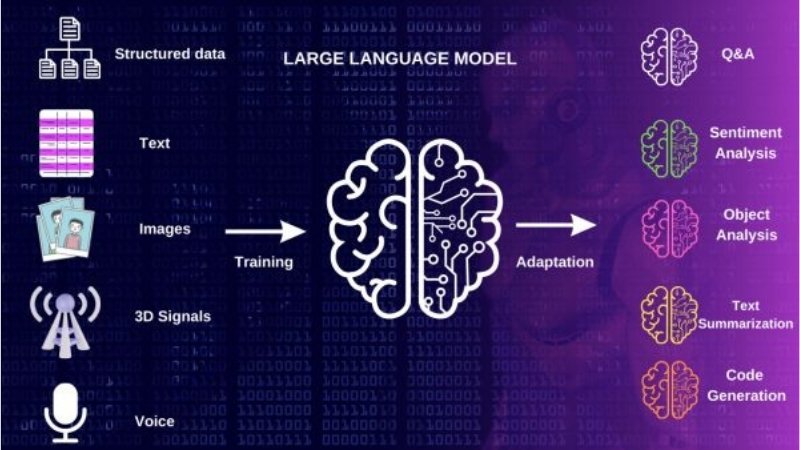
Multilingual LLM built with synthetic data to enhance AI language understanding and global communication